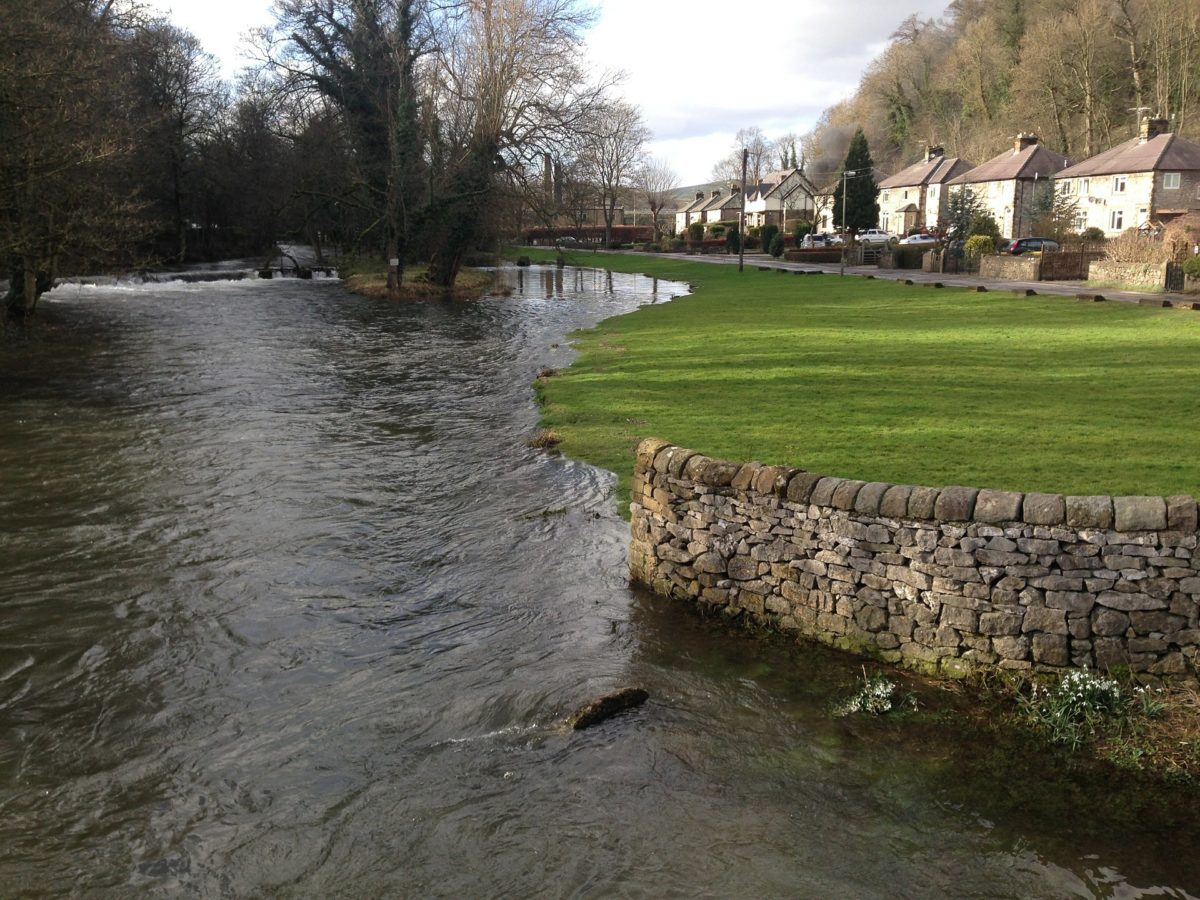
One key service that RammSanderson carries out on behalf of its clients during the development phase of a project, is a Water Framework Directive Risk Assessment (WFD).
In this article, RammSanderson, Director and flood risk specialist, Anthony Mellor explains what the Water Framework Directive (WFD) is and the purpose of WFD risk assessments.
The WFD (Directive 2000/60/EC of the European Parliament) was adopted in October 2000 and is implemented in the UK through The Water Environment (WFD) (England and Wales) Regulations 2017 and The Environmental Permitting (England and Wales) (Amendment) Regulations 2010.
The purpose of the WFD is the protection of inland surface waters, transitional waters, coastal waters and groundwater. The WFD therefore defines environmental objectives with regards to water bodies, that Member States of the European Union must meet.
Undertaking flood risk activities, including those associated with an approved development can affect water quality, physical condition (habitat) and ecology (fish/eels, macrophytes, invertebrates & diatoms) within a river. Any proposed development is therefore required to undertake a risk assessment to demonstrate that the development will not result in a deterioration of the status or prevent the water body from meeting the WFD objective. A WFD risk assessment may also be required for works requiring Environmental Permitting, Land Drainage and Flood Defence consent applications, such as;
- work on culverts
- channel widening, deepening, straightening or realigning
- structure impoundment
- bed reinforcement
- sediment management (including dredging and de-silting)
- bank reinforcement
- work on embankments and set-back embankments (over 10m in total length)
- work on by-pass channels (over 10m in total length)
- bank re-profiling (over 10m in total length)
- work to remove or install woody debris (over a length of 20m or greater)
- work to install flow deflectors (over a length of 20m or greater)
- work on bridges or crossings
- work on outfalls
Definitions of the status of the water body are defined in the Table below:
RammSanderson have experience completing WFD risk assessments for a range of proposals and can work with the Environment Agency to agree the necessary scope for survey and assessment to comply with legislation. We can also implement habitat improvement works and complete monitoring surveys to ensure enhancement of riparian environments where required, supporting the objectives of the River Basin Management Plan.
If RammSanderson can help you on your next development project by carrying out a Water Framework Directive Risk Assessment, please contact Anthony, or get in touch with us via our website enquiry form.

RammSanderson Director, Anthony Mellor
